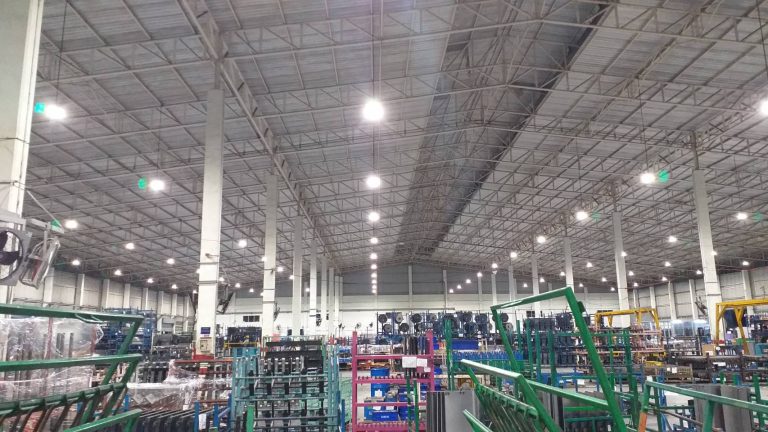do led street lights reduce light pollution
However, excessive nighttime lighting not only consumes a large amount of energy, but also has adverse effects on our ecological environment. Among them, the problem of light pollution is becoming increasingly serious. So, can LED street lights reduce light pollution? This article will answer this question from a professional perspective.
We need to understand what light pollution is. Light pollution refers to the phenomenon where humans excessively use artificial light sources, resulting in negative impacts on the natural environment and ecosystems. These impacts include disrupting the biological clock of animals, affecting the growth and reproduction of plants, and interfering with astronomical observations. To solve this problem, many cities have begun to try using more energy-efficient and environmentally friendly lighting equipment, such as LED street lights.
Table of Contents
FYTLED area light China high quality supplier
LED street lights have higher energy efficiency and longer service life compared to traditional high-pressure sodium lamps, metal halide lamps, etc. This is mainly because LED lights have the following advantages:
- High luminous efficiency: The luminous efficiency of LED lamps can reach over 80%, far higher than the luminous efficiency of traditional lighting equipment. This means that LED street lights require lower power at the same brightness, thereby reducing energy consumption.
- Adjustable color temperature: LED lighting fixtures can adjust the color temperature according to actual needs, making it closer to natural light. Compared with traditional lighting equipment, LED lamps produce softer light, which is beneficial for reducing light pollution.
- Long service life: The service life of LED lighting fixtures can reach over 50000 hours, which is 5-10 times that of traditional lighting equipment. This means that LED street lights hardly need to be replaced during use, thereby reducing maintenance costs and waste generation.
- Green and environmentally friendly: LED lighting fixtures are made of semiconductor materials and will not produce harmful substances. In addition, the production process and waste disposal process of LED lighting fixtures are also relatively environmentally friendly.
modular led street light
Can LED street lights reduce light pollution? The answer is yes. The following reasons can explain why LED street lights help reduce light pollution:
- Reduce brightness: Due to the high luminous efficiency of LED lamps, their required brightness is relatively low. This means that LED street lights can reduce brightness, thereby reducing light pollution, while providing the same lighting effect.
- Control the range of light: LED lighting fixtures can be designed in a reasonable way to concentrate the light in the area that needs to be illuminated, without emitting too much light into the surrounding environment. This helps to reduce the impact of light pollution on the surrounding environment.
- Reduce energy consumption: Due to the high energy efficiency ratio of LED street lights, they can significantly reduce energy consumption while providing lighting services. This means that while meeting urban lighting needs, it can also reduce the waste of energy resources caused by light pollution.
- Extended service life: The long lifespan characteristics of LED street lights result in lower light pollution throughout their entire lifecycle. In addition, due to the lower maintenance cost of LED lighting fixtures, additional light pollution caused by maintenance can be reduced.
LED street lights do help reduce light pollution while improving lighting efficiency. However, relying solely on replacing lighting equipment cannot completely solve the problem of light pollution. In order to protect our ecological environment, we also need to carry out comprehensive reforms and innovations in urban planning, lighting design, management systems, and other aspects. Only in this way can we truly achieve the goals of green, environmentally friendly, and sustainable urban development.

